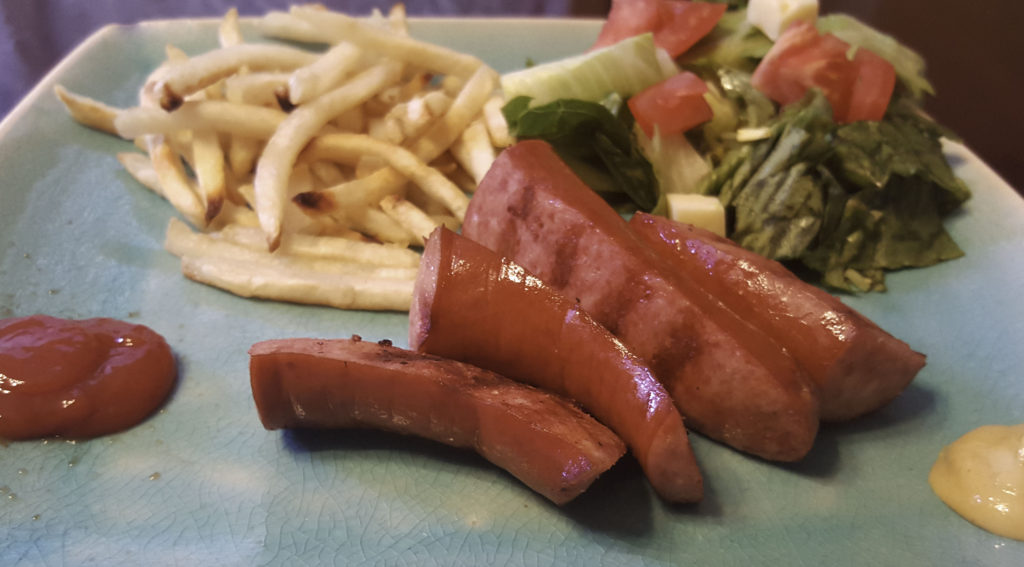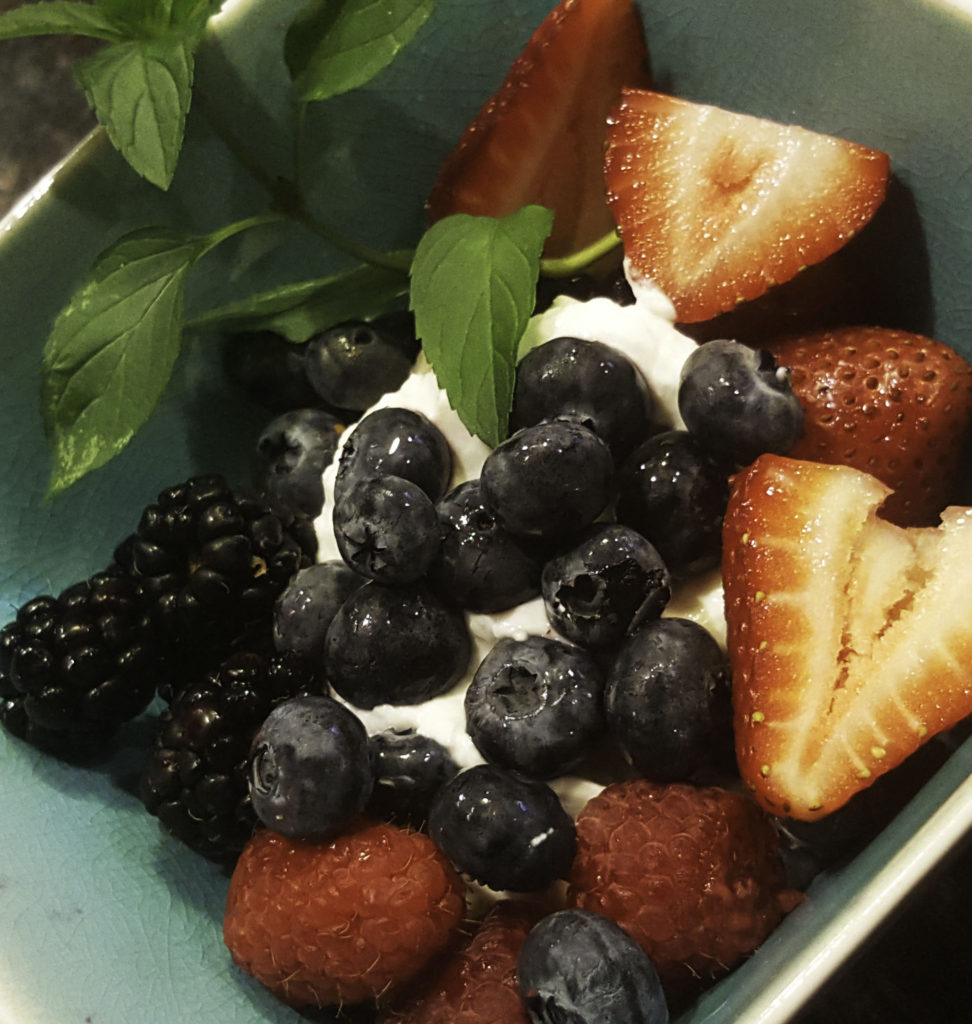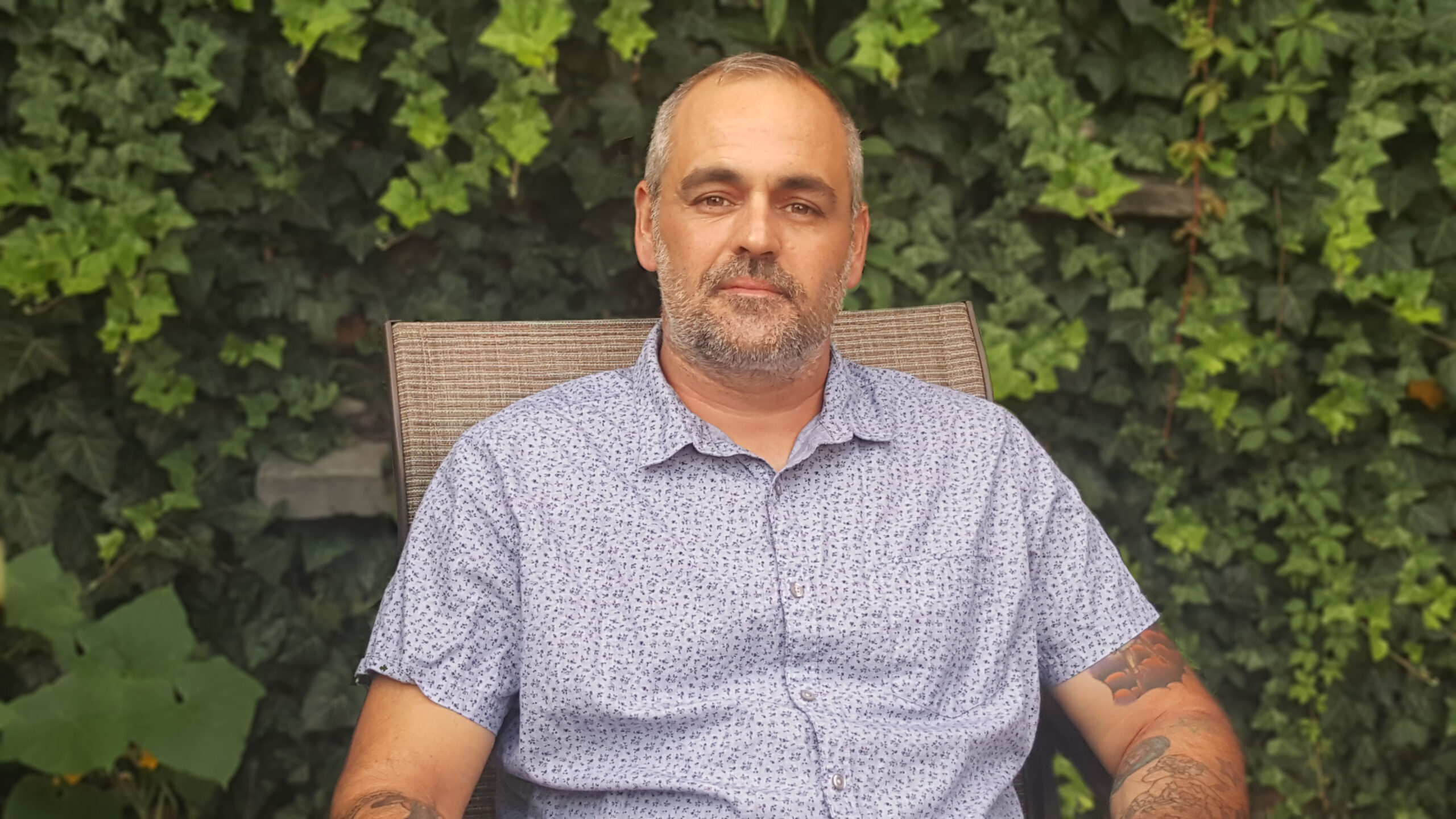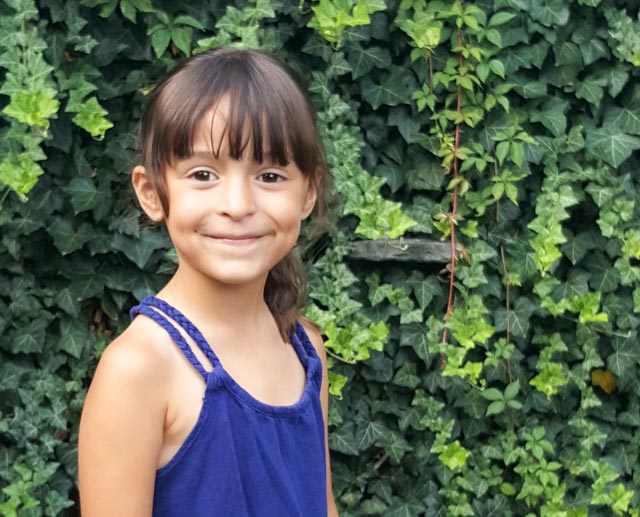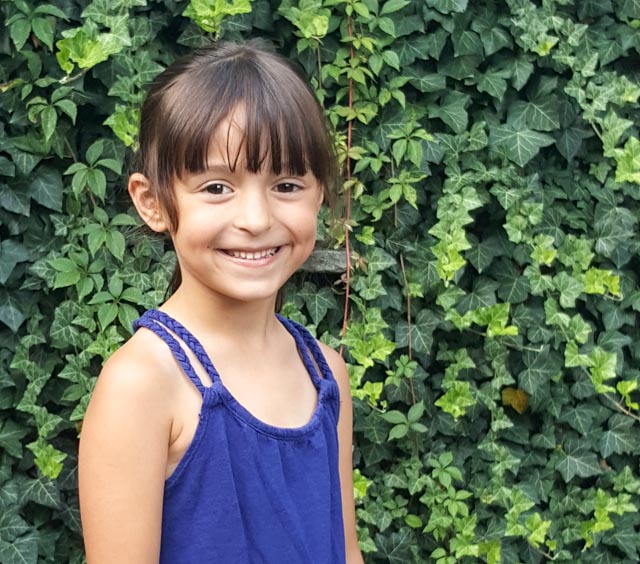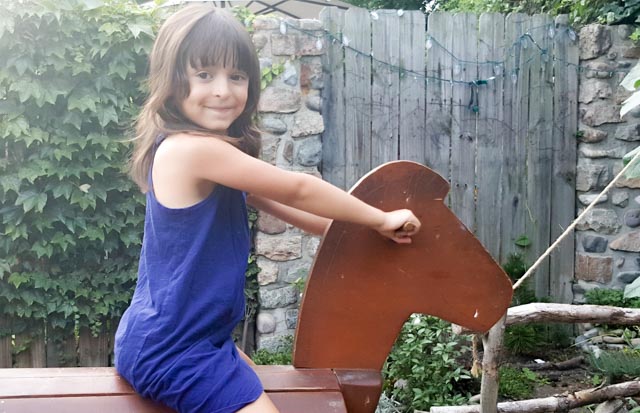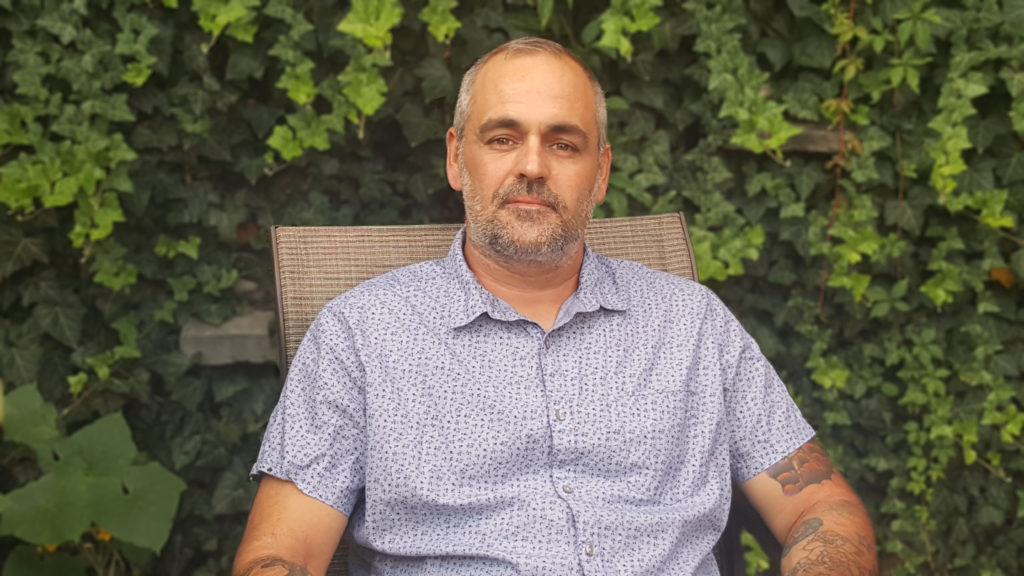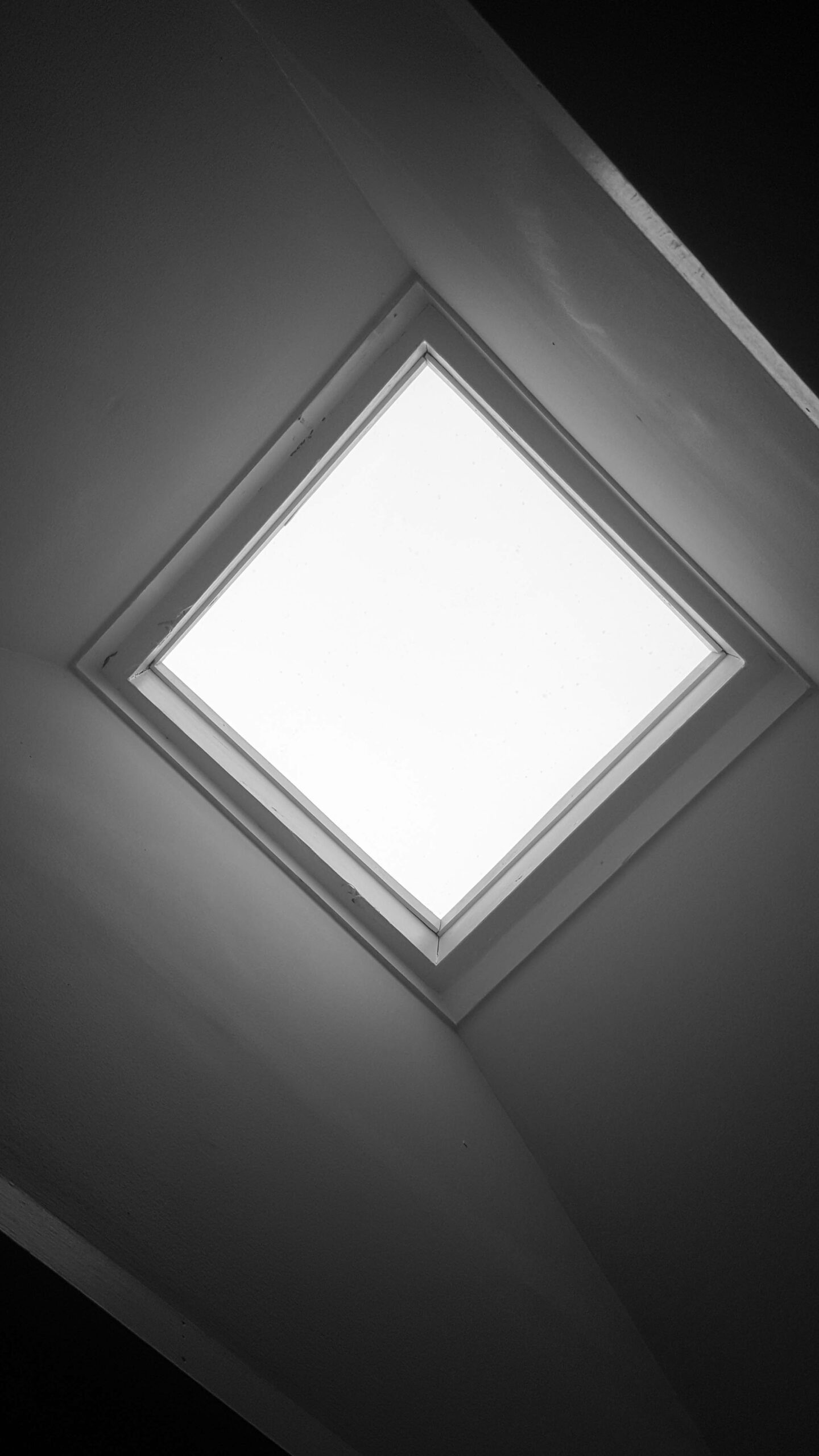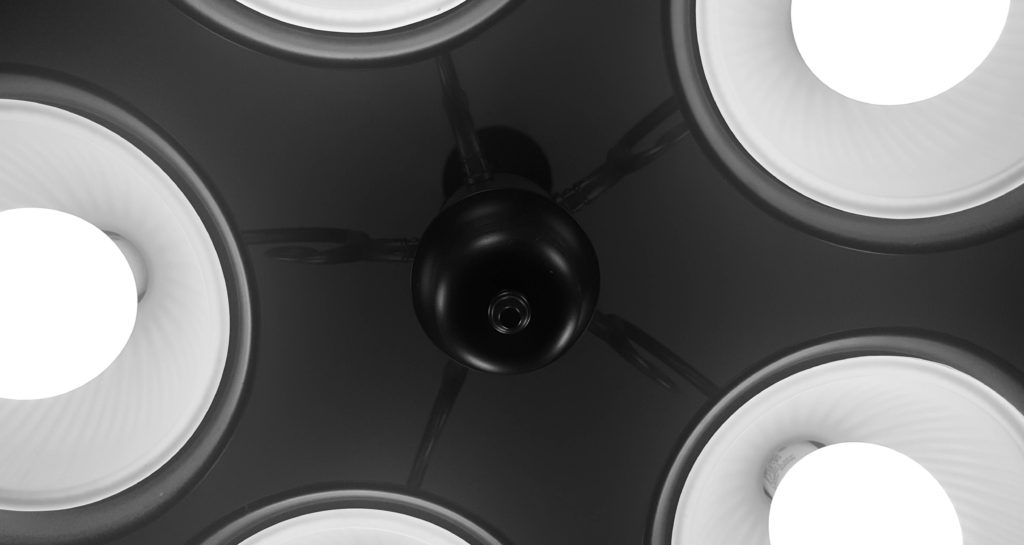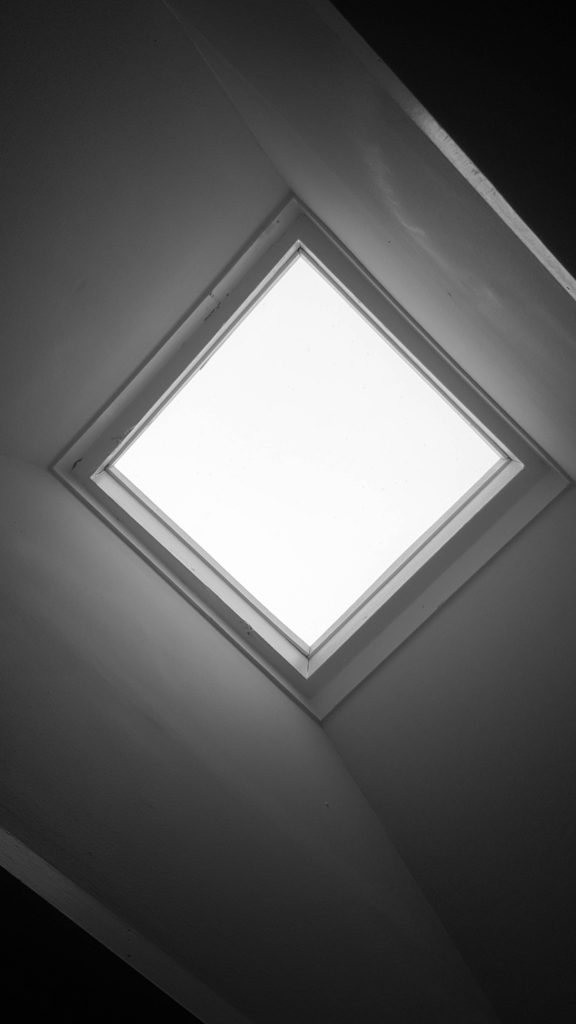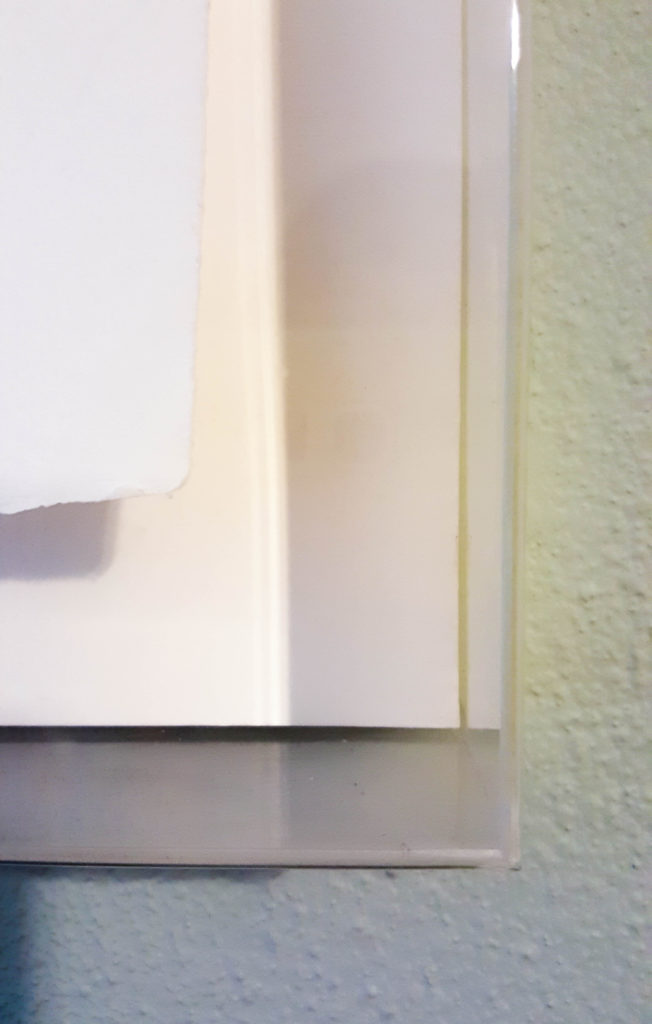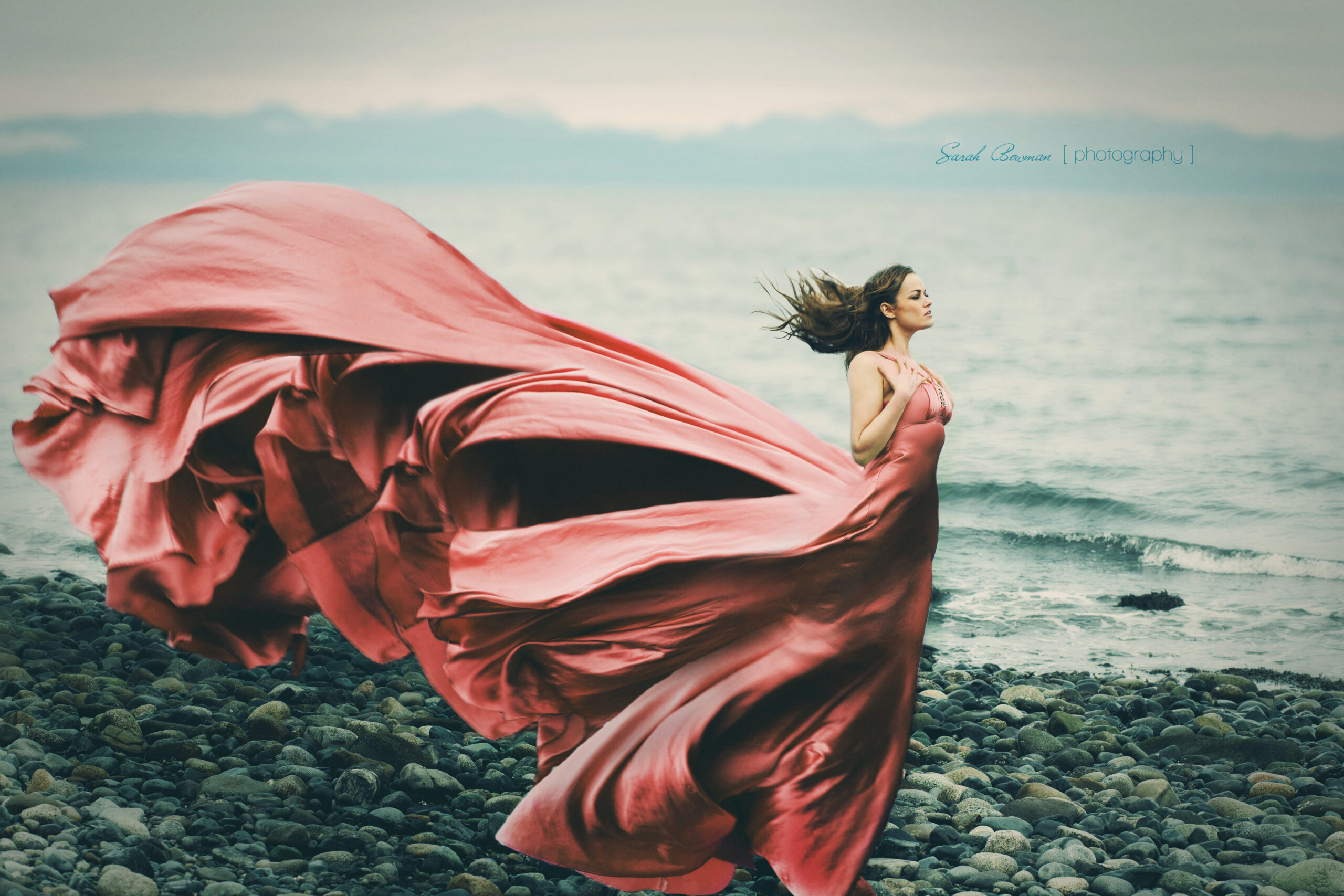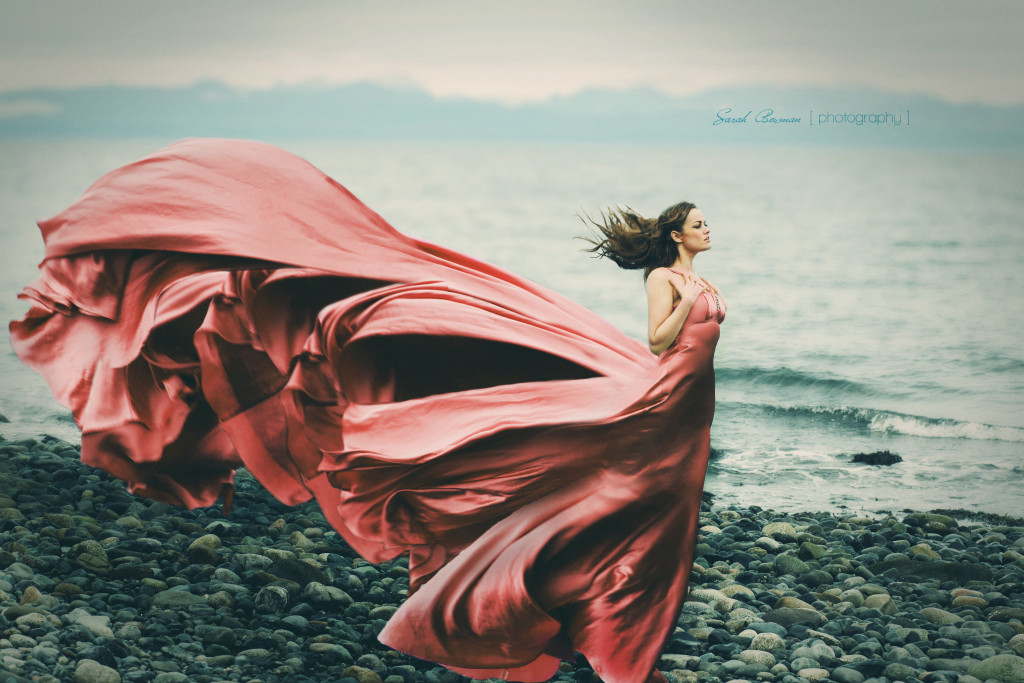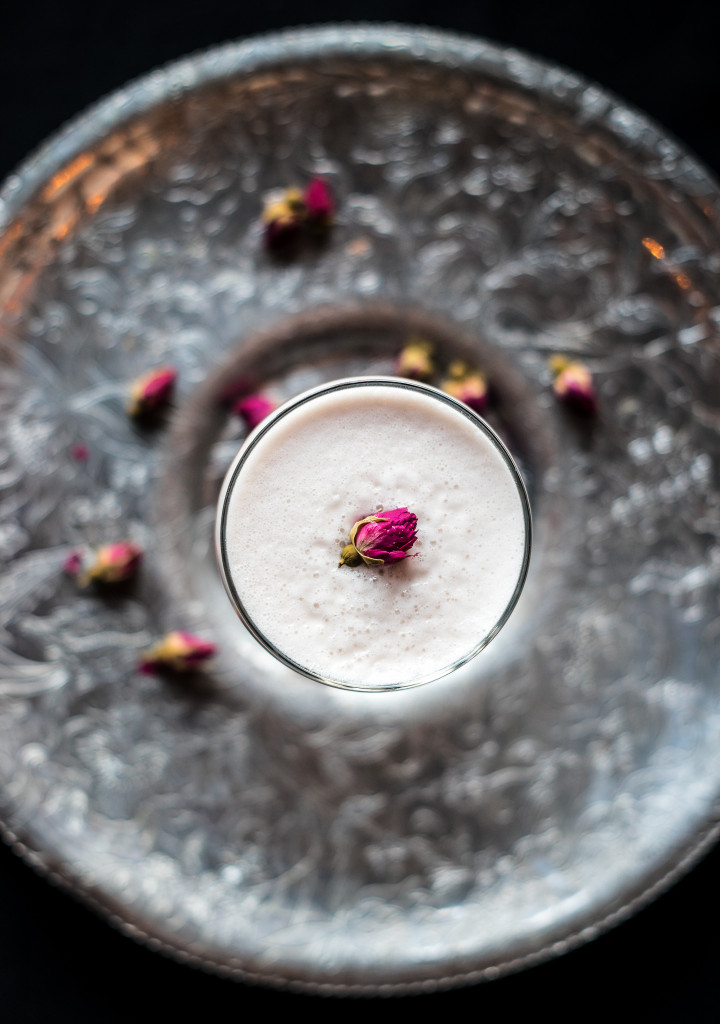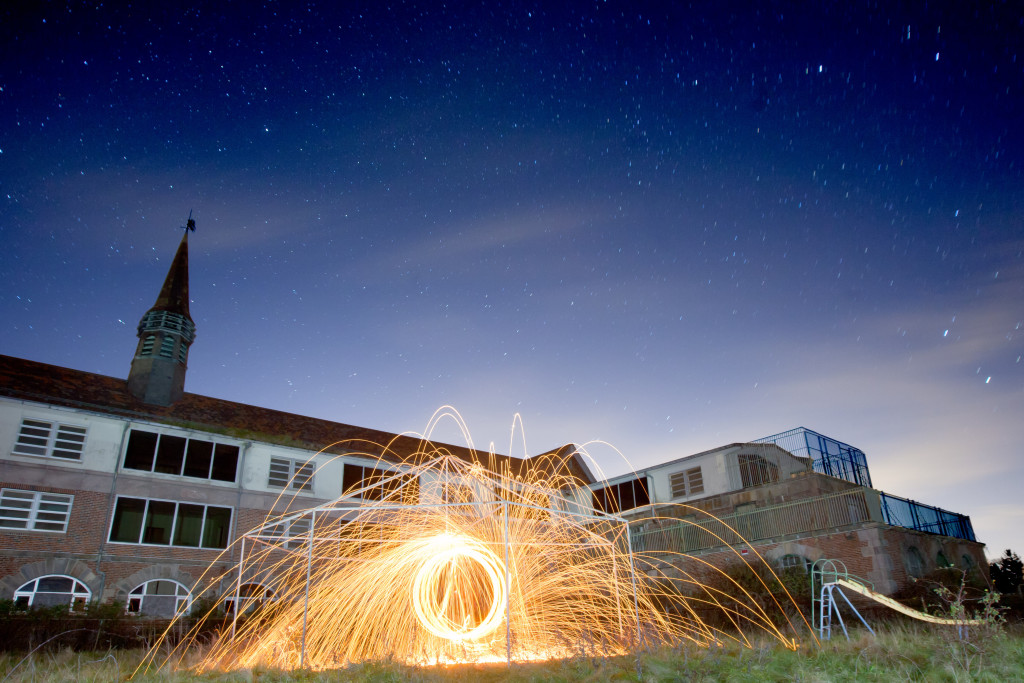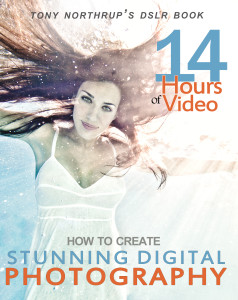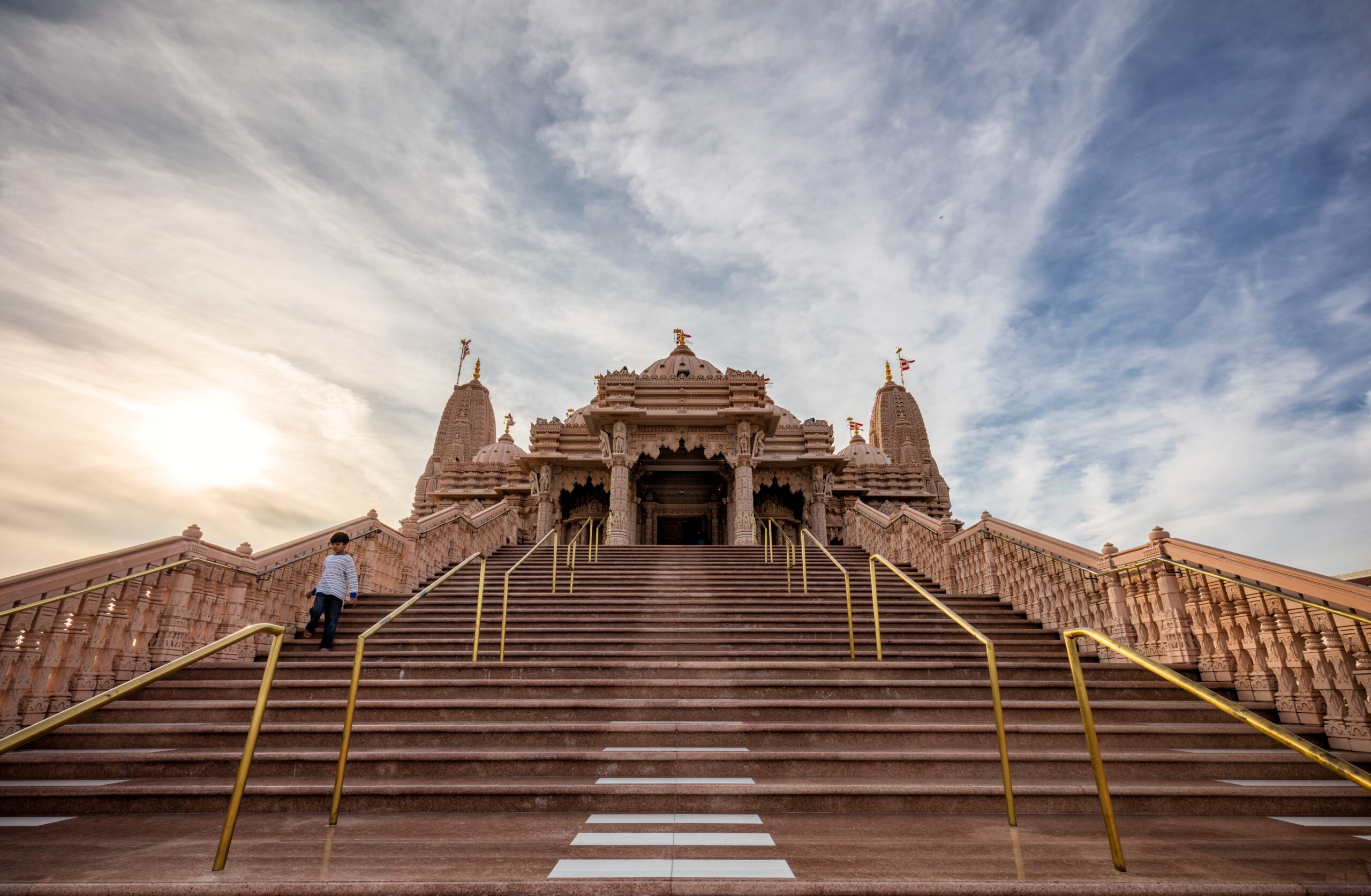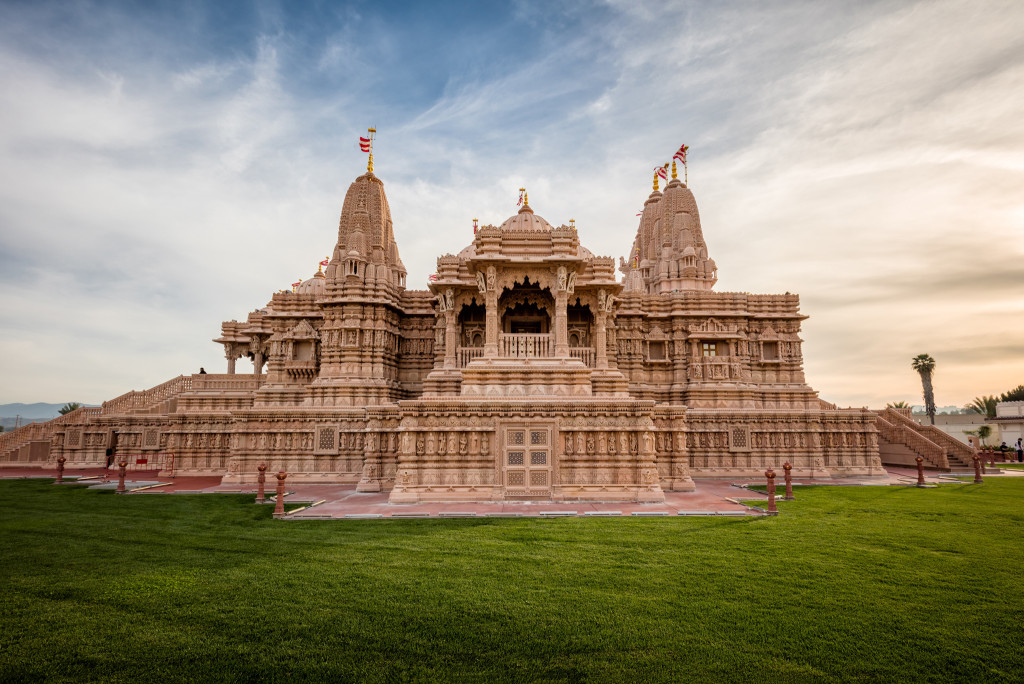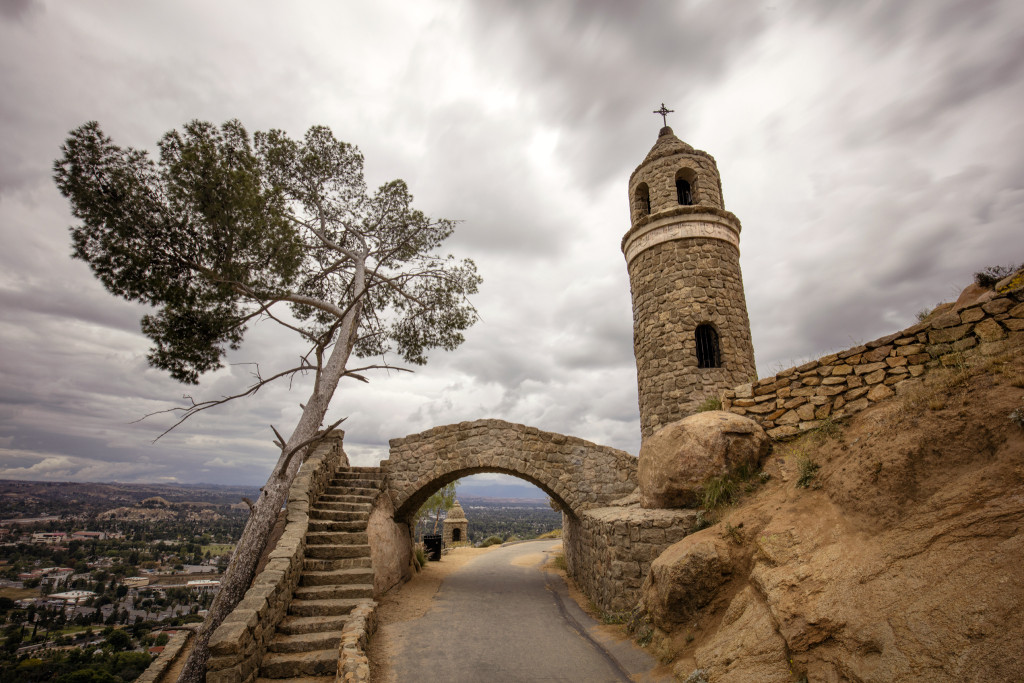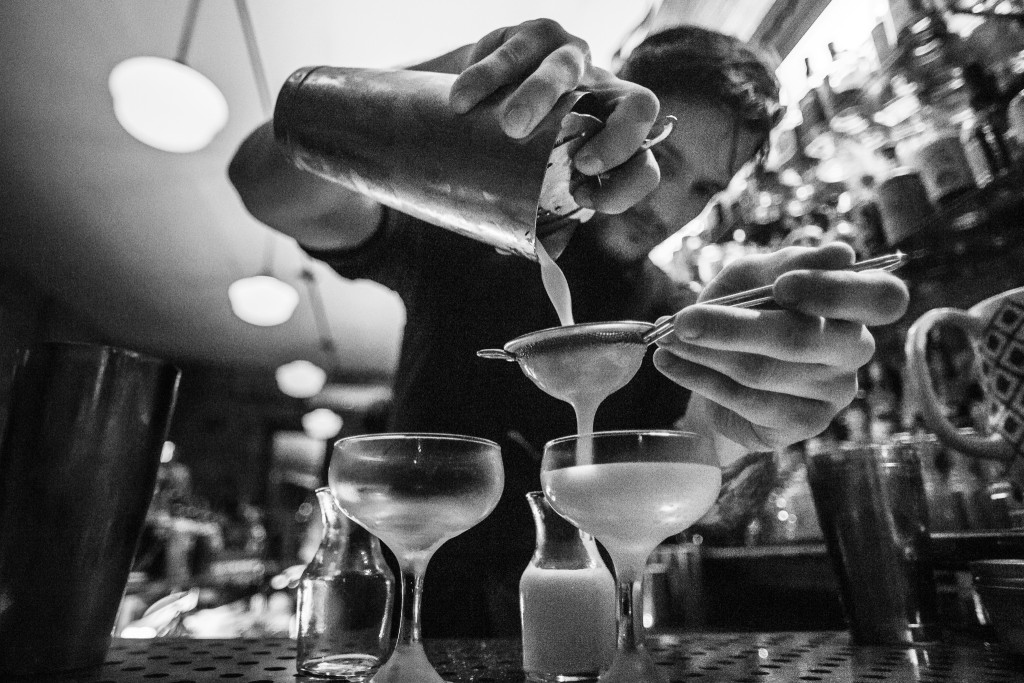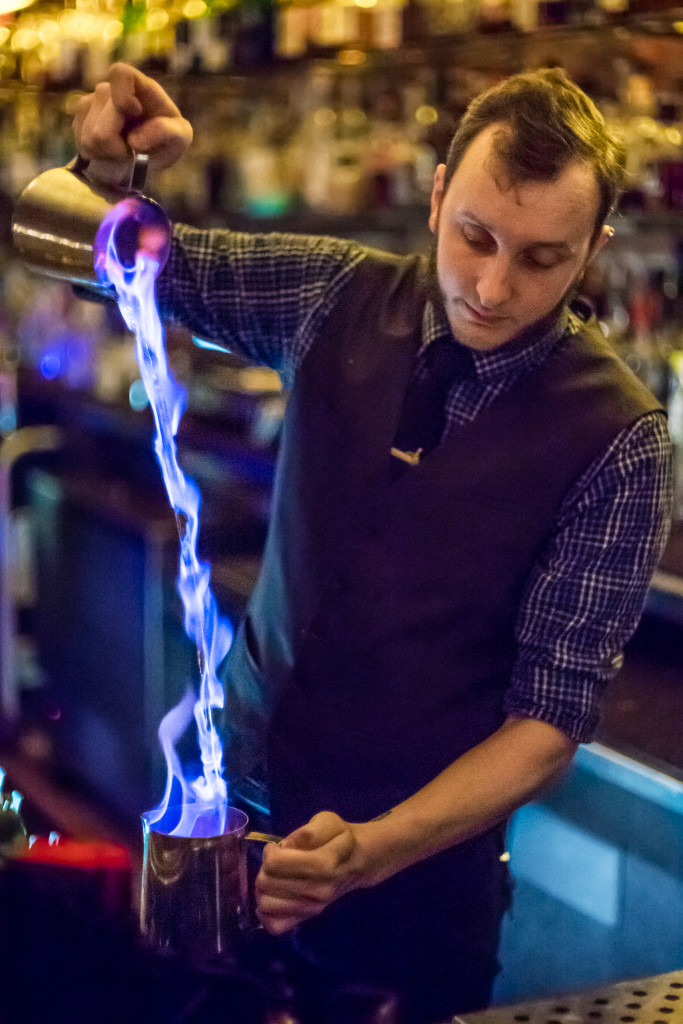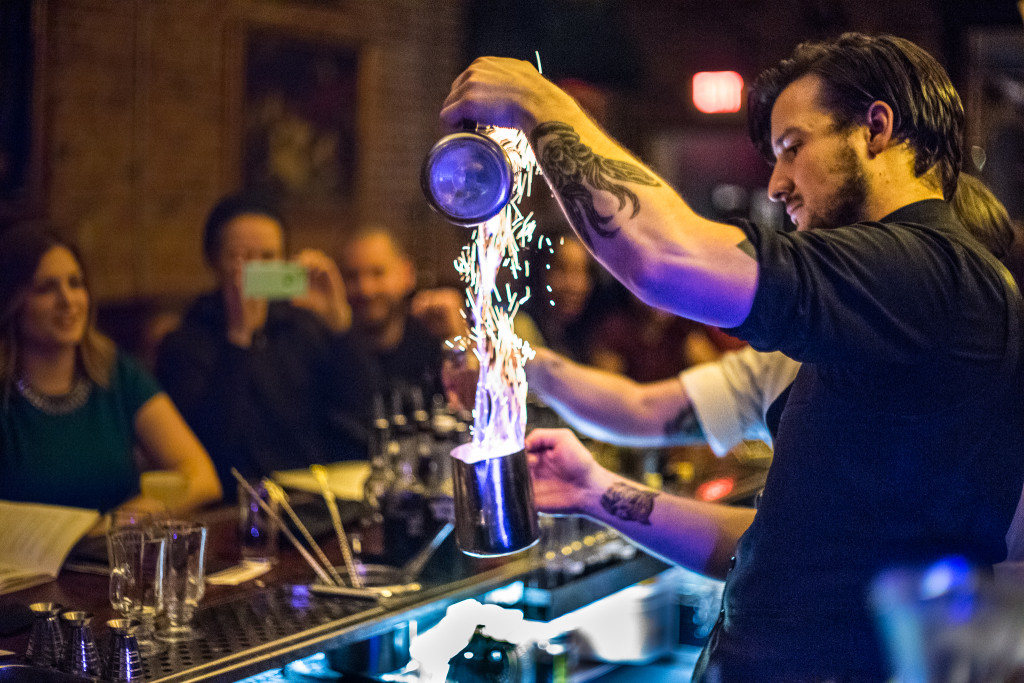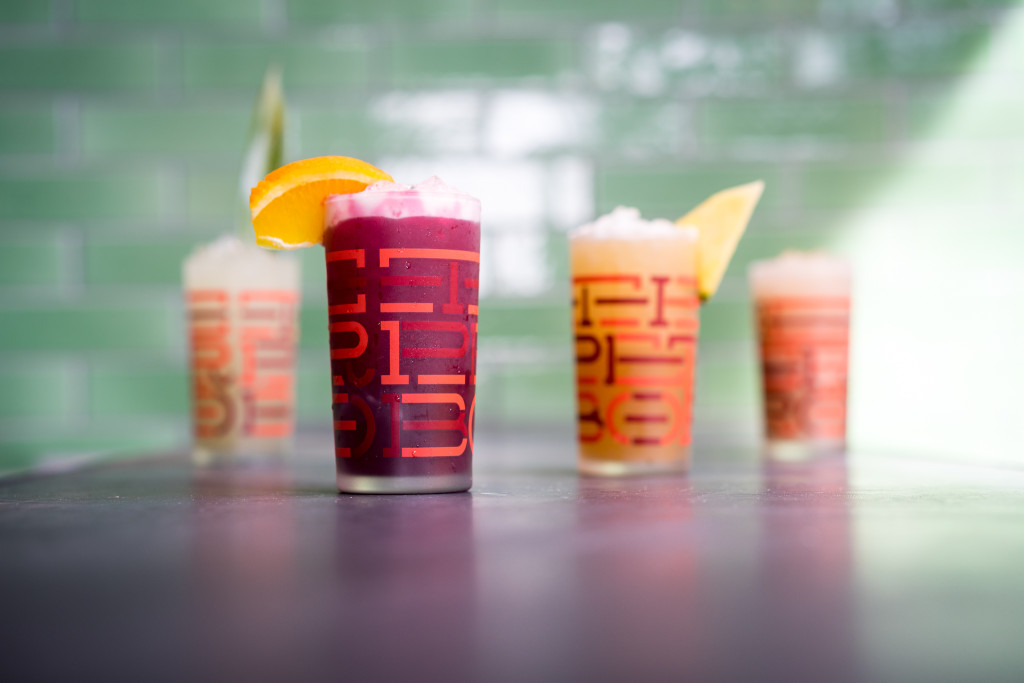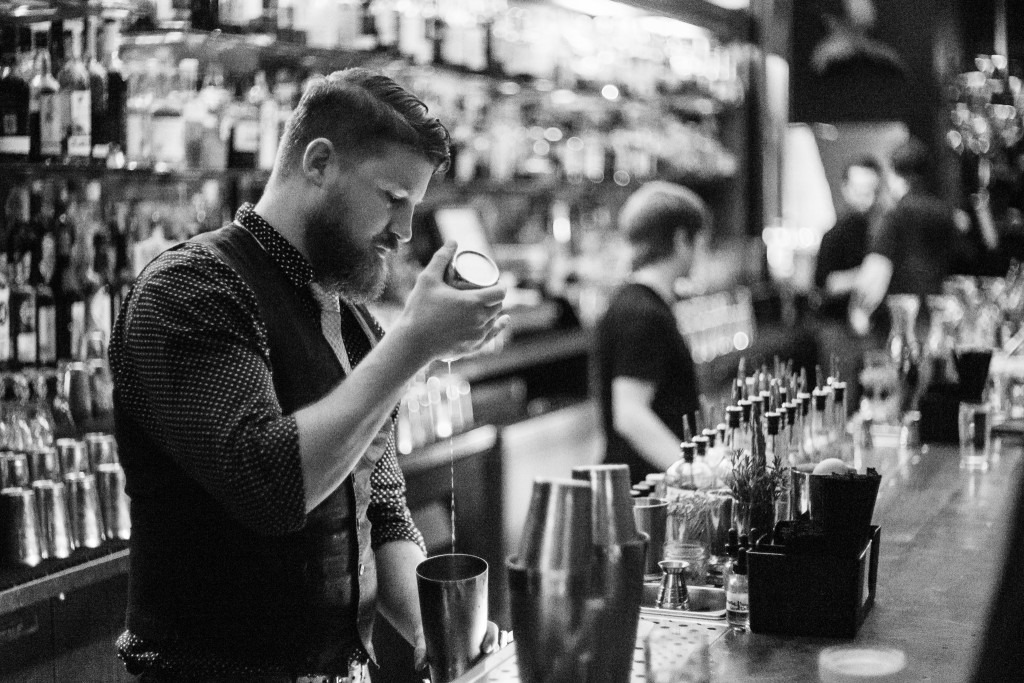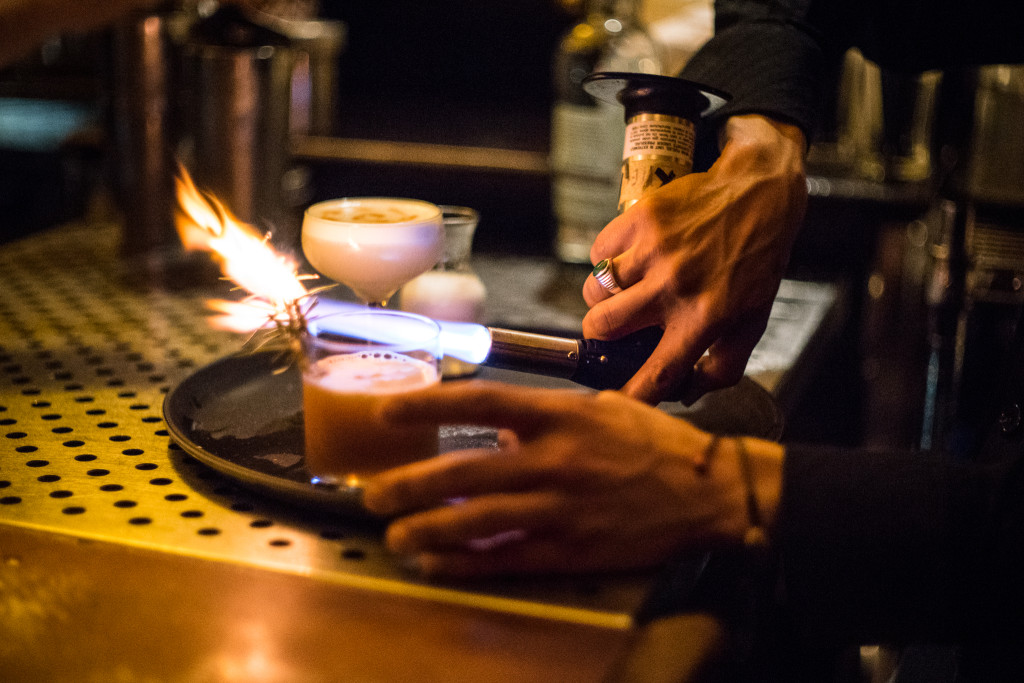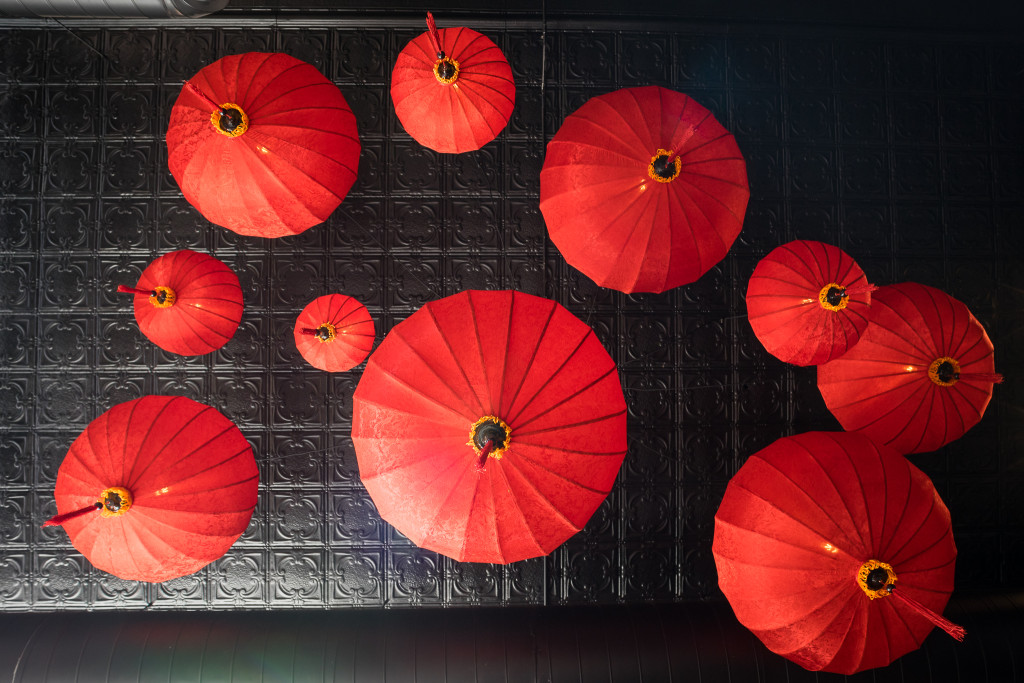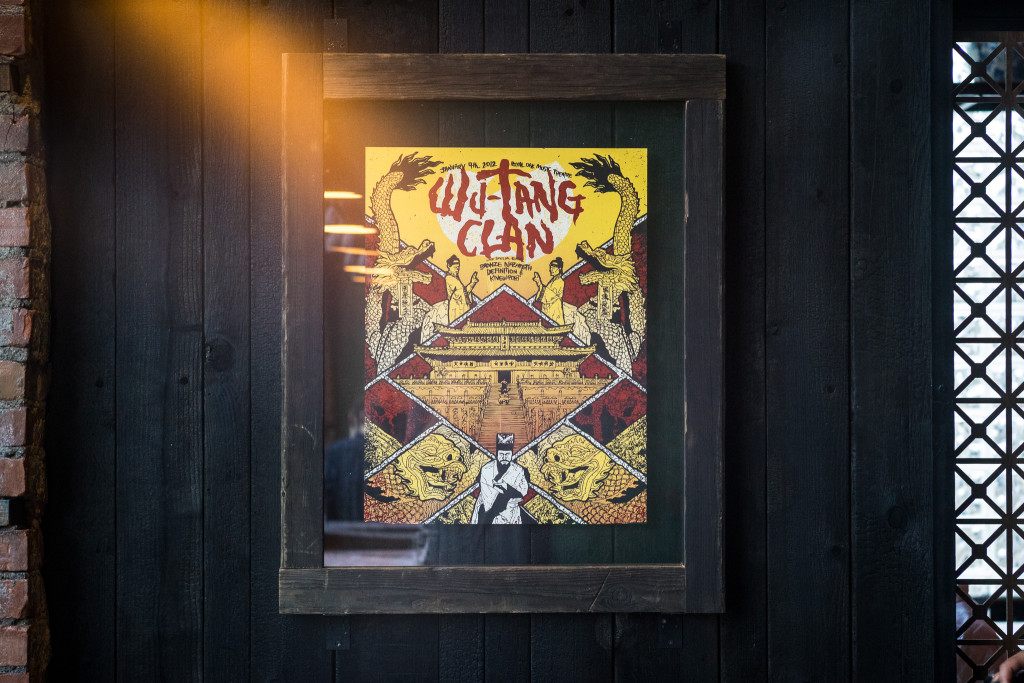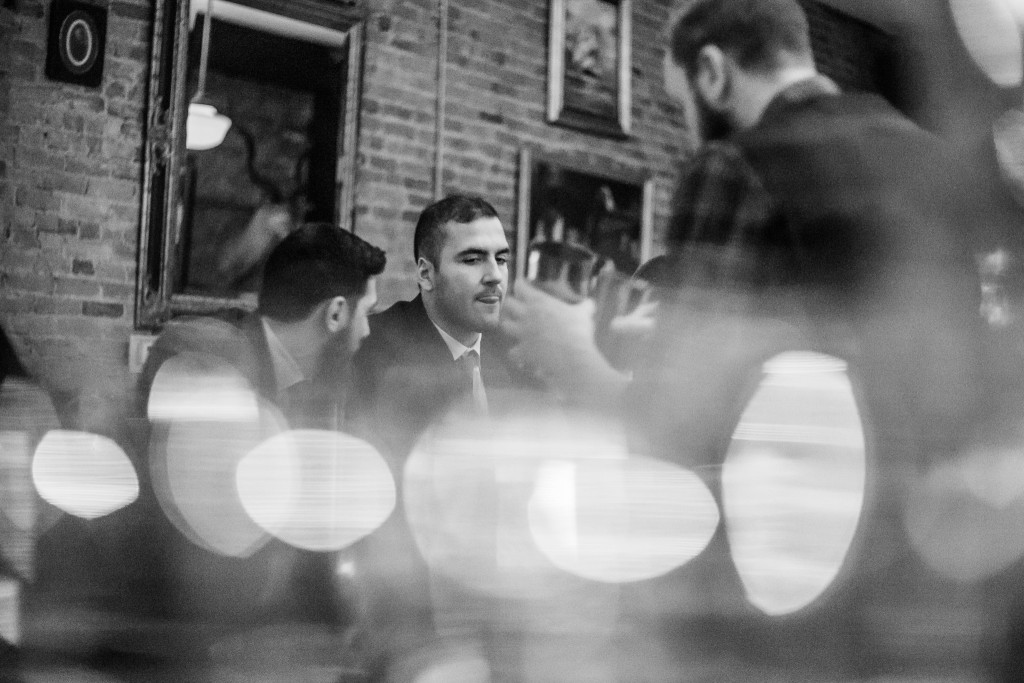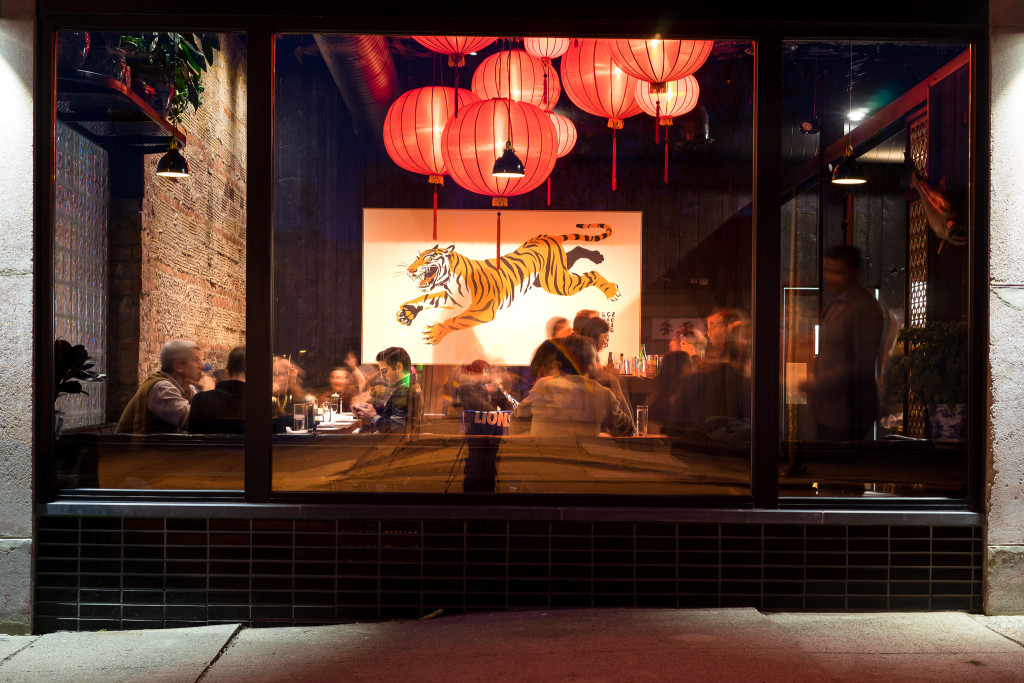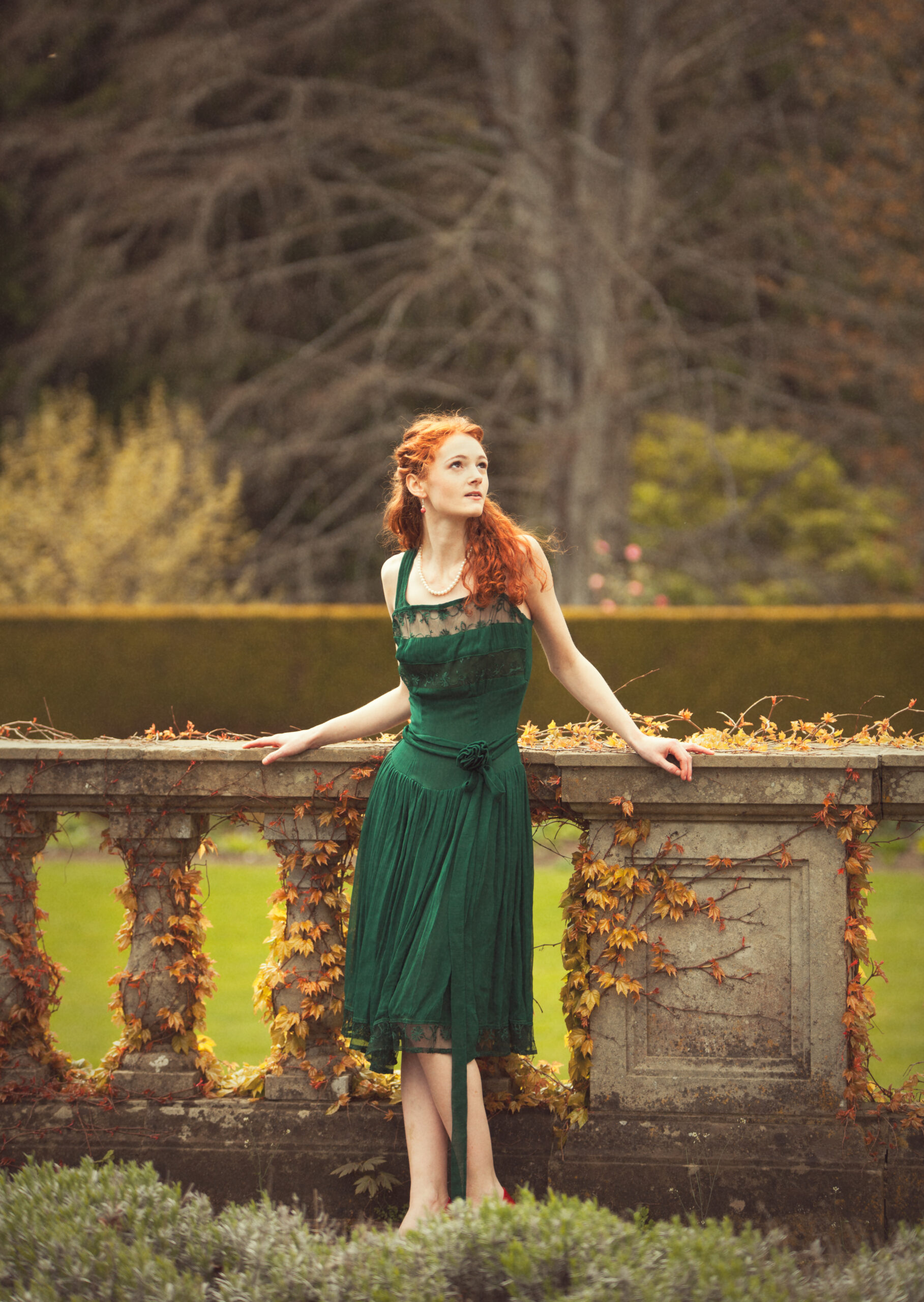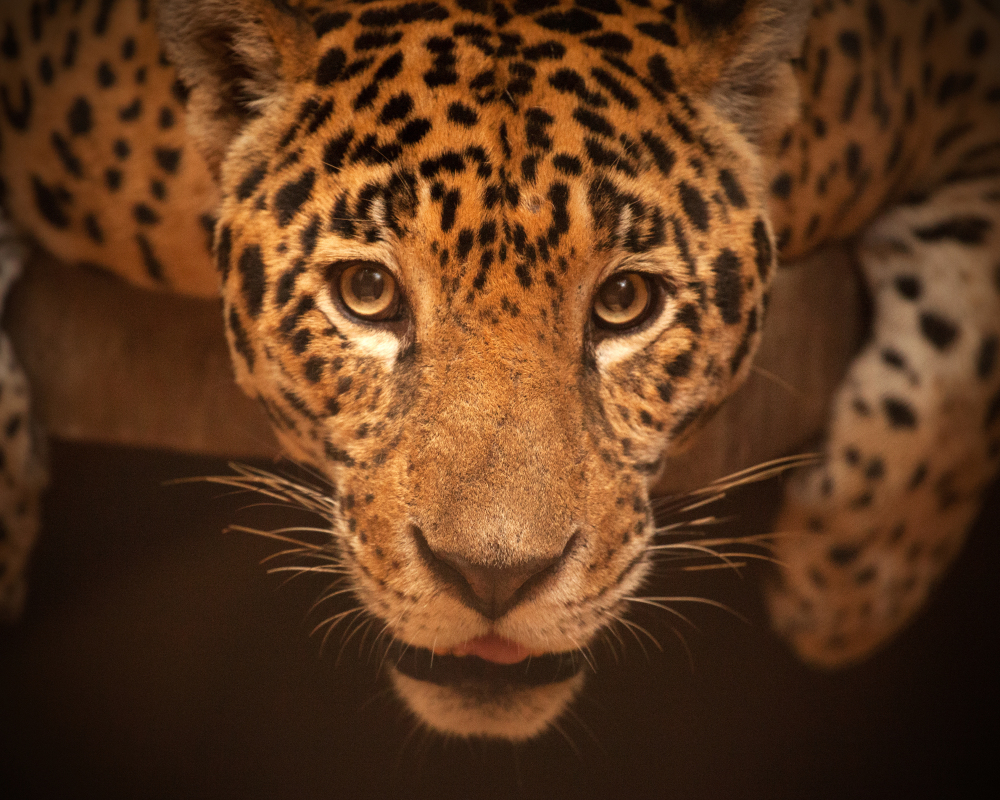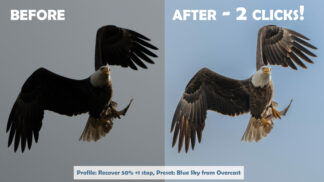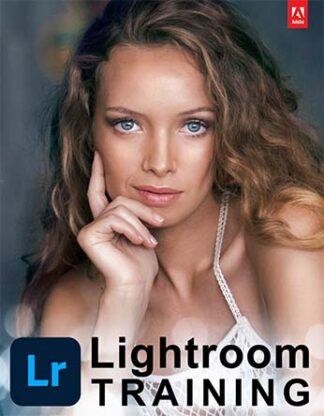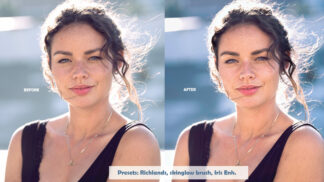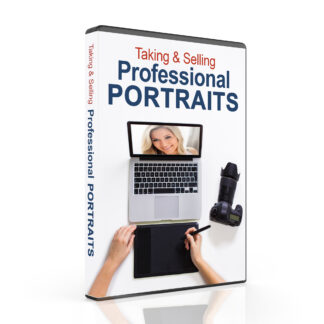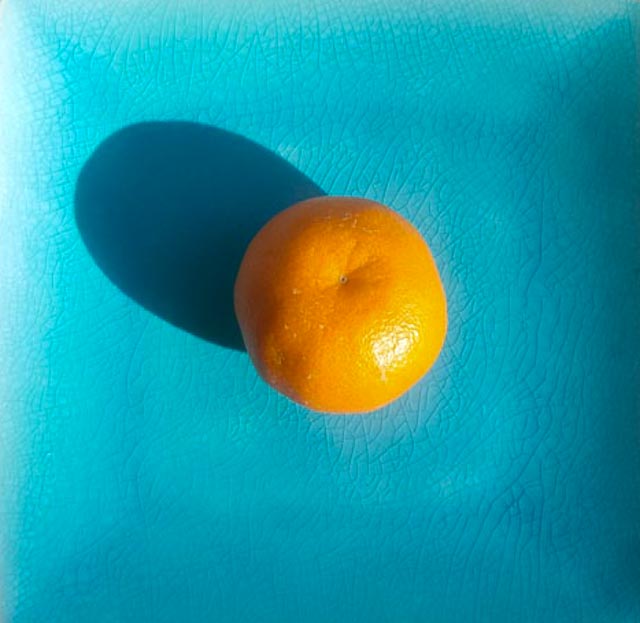
Hey guys! This week was a bit tough for me since we don’t have a live show coming up to base my project off of. But at the very last minute I got a suggestion from Chelsea to do food. We’ve done a few live shows on the topic, which you can see here and here as well as the awesome fast food challenge video with Toby and Christina here. So I used those as my basis for some quick food shots.
Remember, I’m using my Android phone for these shots, so I have no control over my settings. Luckily I’ll be getting a real camera soon, so I’ll eventually revisit these subjects to see how my technique and my gear have improved!
Luckily my husband is the cook in the house, so I just asked him to make dinner extra pretty. We were having kielbasa with french fries and salad. Not the most upscale of meals to capture, but colorful and delicious none the less.
First I decided to take a simple still life of a clementine on a plate. Our dishes are turquoise, so I thought it would be a nice complementary color scheme.
 I used some hard natural light to get a dramatic shadow and some highlights on the skin.
I used some hard natural light to get a dramatic shadow and some highlights on the skin.
Next up was dinner.
The hard, overhead lighting was too hard. While the specular highlights are good, the reflections on the plate and the shadows are unappealing.
The close-up works a bit better. The kielbasa is in focus, the specular highlights are appealing, and look at those grill marks!
Now for dessert. Yogurt, berries and a fresh sprig of mint from the garden.
The setting wasn’t ideal, so I went for a closeup with a dutch tilt, filling the frame. The highlights and the color are pretty good, if I do say so myself.
Welp, I did my best and I ate well, that’s all you can ask for, really. Please, comment below and tell me what I could have done better. How would you have shot these dishes?


